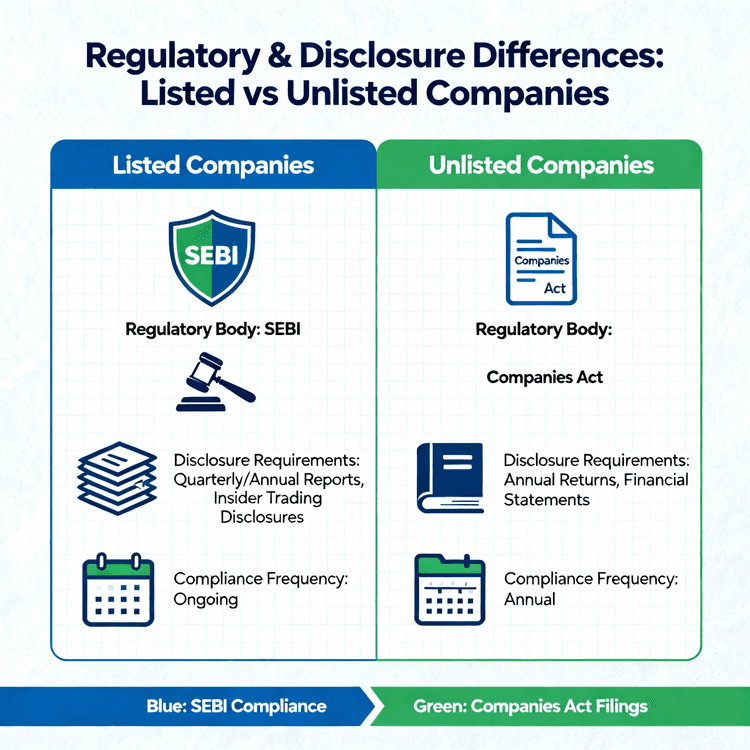India’s securities depository landscape is unique, dominated by just two players: National Securities Depository Limited (NSDL) and Central Depository Services Limited (CDSL). This duopoly structure, rare in global financial markets, has profound implications for both companies’ business models, valuation metrics, and the investment case for NSDL’s unlisted shares. By examining their financials, operational focus, and market positioning, investors can better understand what drives the premium valuations and the strategic strengths of NSDL.
Valuation Metrics in a Duopoly: Why Traditional Ratios Don’t Tell the Full Story
In most industries, metrics like P/E (Price-to-Earnings) and P/B (Price-to-Book) ratios are critical for comparing companies. But in a market where only two firms operate and both are protected by regulation, these metrics require a different lens.
P/E and P/B Ratios: Context Matters
➢ Premium Multiples: As the chart shows, both CDSL and NSDL command exceptionally high P/E ratios (CDSL: 65.7x, NSDL: 74.4x) and P/B ratios (CDSL: 18.5x, NSDL: 13x). These are far above the averages for Indian financial service firms.
➢ Asset-Light Model: Unlike banks or NBFCs, both depositories run asset-light operations. Their profitability is tied to transaction volumes and account maintenance fees, not to asset ownership or lending spreads.
➢ Limited Competition: The duopoly ensures pricing power and regulatory protection, allowing both firms to sustain high margins and defend their market share.
NSDL’s unlisted shares are valued not just on current earnings, but on the expectation of continued regulatory protection, high margins, and the absence of disruptive competition. This justifies premium multiples and underpins investor confidence.
Market Share and Customer Base: Retail vs Institutional Focus
CDSL’s Retail Dominance
➢ Accounts: CDSL leads with 146.5 million demat accounts, compared to NSDL’s 38.8 million.
➢ Growth Engine: CDSL has benefited disproportionately from India’s retail investing boom, as millions of first-time investors open demat accounts through banks and brokers connected to CDSL.
➢ Recurring Revenue: A larger, more active retail base ensures a steady stream of account maintenance and transaction fees, making CDSL’s revenue base broad and resilient.
NSDL’s Institutional Strength
➢ Clientele: NSDL’s strength lies in servicing large institutions, foreign portfolio investors (FPIs), and blue-chip corporates.
➢ Quality over Quantity: While NSDL has fewer accounts, the average account size and value of assets under custody are much higher.
➢ Premium Services: NSDL’s focus on high-value clients means it processes larger transactions and more complex corporate actions, justifying higher service fees per account.
Business Model Dynamics: Asset-Light, Fee-Driven, and Scalable
Recurring Revenue Streams
Both NSDL and CDSL derive income from:
- Annual Account Maintenance Fees
- Custody Fees
- Transaction Fees
- Registration and Communication Fees
➢ Low Incremental Cost: Adding new accounts or processing more transactions requires minimal additional capital, allowing profits to scale rapidly with market growth.
➢ Technology Leverage: Both depositories invest heavily in automation, cloud infrastructure, and cybersecurity, enabling them to handle surges in market activity without proportional cost increases.
The NSDL vs CDSL comparison reveals two robust, strategically positioned firms benefiting from a rare duopoly in a rapidly growing market. While CDSL’s retail surge gives it an edge in account numbers and EPS, NSDL’s institutional focus, strong book value, and innovation pipeline make its unlisted shares a compelling long-term bet. For investors, understanding these nuances is key to appreciating why NSDL’s unlisted shares continue to trade at a premium and why both depositories are likely to remain cornerstones of India’s financial infrastructure for years to come.


